Lunchtime @Antica Focacceria San Francesco
After a full morning of culture and walking it was time for lunch! There is this very famous typically Sicilian restaurant, called Antica Focacceria San Francesco, where you have to go apparently! So we did after making a reservation. Don’t forget to do that because the restaurant is packed with a lot of tourists but maybe even more locals. The staff hardly speaks English but what a pleasure. Google translate really became a big friend of mine! The atmosphere is fantastic. You really feel like a true Sicilian!! Great wines and typical Sicilian food. The history of Antica Focacceria San Francesco goes through the people and the flavors that turned an ancient chapel into a place of worship for the palate. A veritable melting pot of ideas, recipes, and dishes that have their roots in centuries of Sicilian, Greek, Arabic, Spanish and French culinary traditions.
Chiesa di Saint Catarina
We continued our cultural journey by visiting some more monuments on our way BACK to the car. First, we went to Chiesa de S. Catarina. The Church of Saint Catherine, Chiesa di Santa Caterina or simply Santa Caterina is located in the heart of the historic center, between Piazza Bellini and Piazza Pretoria, in the same area of other well-known architectural landmarks like the churches of Martorana and San Cataldo. The façade is in late Renaissance style, has two flights of stairs and an imposing portal. The building features a dome dating back to the 18th century. The interior of the church has a single central nave and an appealing series of marbles, inlays, and sculptures embellish the walls. Inside the church are many references to St. Catherine: decorative medallions illustrate the scenes of the life of St. Catherine of Alexandria. There is a marble statue of the saint by Antonello Gagini and the fresco by Filippo Randazzo above the nave depicts the Glory of St. Catherine.
Martorana
La Martorana is one of the most beautiful churches of Palermo. From the outside, one cannot see what splendor you’ll find on the inside of the church. You also find a lot of mosaics just as in the Capella Palatina. The church was built in the 12th century during the dominion of King Rogier II. Officially the church was named Santa Maria dell’Ammiraglio, but the church was soon called La Martorana, after the neighboring monastery. The nuns of this monastery made the fruit of marzipan in honor of a bishop’s visit, as there was lack of real oranges on the trees. After the first oranges, the tradition of marzipan fruit was quickly spread all over the island – and you still encounter apples, bananas, peaches and figs of marzipan in all patisseries. Once inside you are waiting for a real mosaic spectacle.
Chiesa di San Cataldo
Founded around 1160 by admiral Majone di Bari. In the 18th century, the church was used as a post office. In the 19th century, it was restored and brought back to a form more similar to the original Mediaeval edifice. It has a rectangular plan with blind arches, partially occupied by windows. The ceiling has three characteristics red, bulge domes (cubole) and Arab-style merlons. The church provides a typical example of the Arab-Norman architecture, which is unique to Sicily. The church shows features shared by Islamic and Byzantine architecture, such as the preference for cubic forms, the blind arches which articulate the external walls of the church and the typical spherical red domes on the roof. The old City Wall can be seen running underneath the Church.
Fontana Pretoria
The Praetorian Fountain is a monumental fountain. It is located in the heart of the historic centre and represents the most important landmark of Piazza Pretoria. The fountain was built by Francesco Camilliani in the city of Florence in 1554, but was transferred in Palermo in 1574. The fountain was created for the garden of don Luigi de Toledo in Florence. Previously the land of the garden had belonged to the nuns of San Domenico al Maglio and was obtained in 1551. The work started in 1554. The fountain included 48 statues and was surrounded by a long arbor formed by 90 columns of wood.
In 1573 the foutain was sold to the city of Palermo. In fact, the Senate of Palermo decided to buy the building and to place it in the square in front of the Palazzo Pretorio. On 26 May 1574 the fountain arrived in Palermo. In order to transport it, the fountain was disassembled in 644 pieces. To make room for the fountain, several buildings were demolished. However, the fountain arrived incompleted in Palermo. Some sculptures were damaged during the transport, others were maybe kept by Luigi de Toledo (probably the statues of two Divinitiespreserved in the Bargello Museum of Florence and other statues placed in Naples and then in the garden of Abadia, in the Spanish city of Cáceres). Therefore, in Palermo some adjustment were necessary. In 1581 the work was assembled again. Between 18th century and 19th century, the fountain was considered a sort of depiction of the corrupt municipality of Palermo. For this reason and because of the nudity of the statues, the square became known as “Piazza della Vergogna” (Square of Shame). In 1998 the restoration of the fountain started. It was completed in 2003.







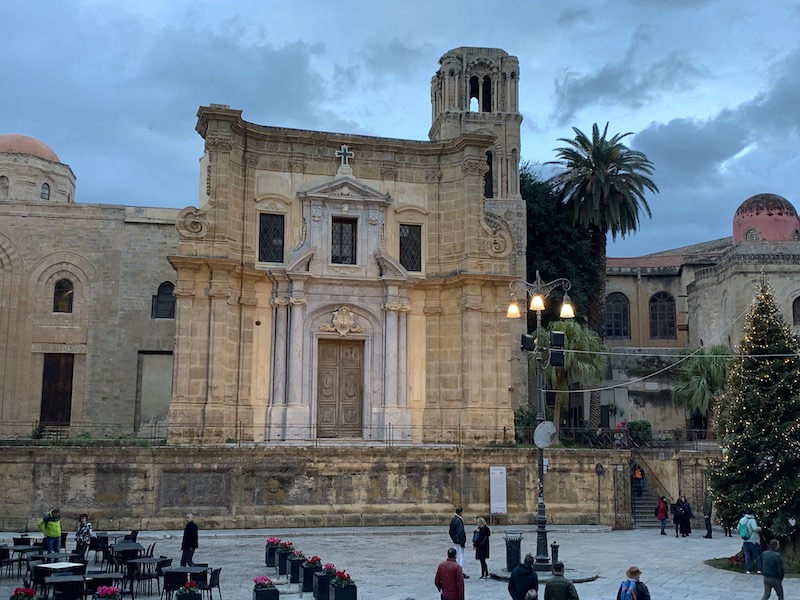
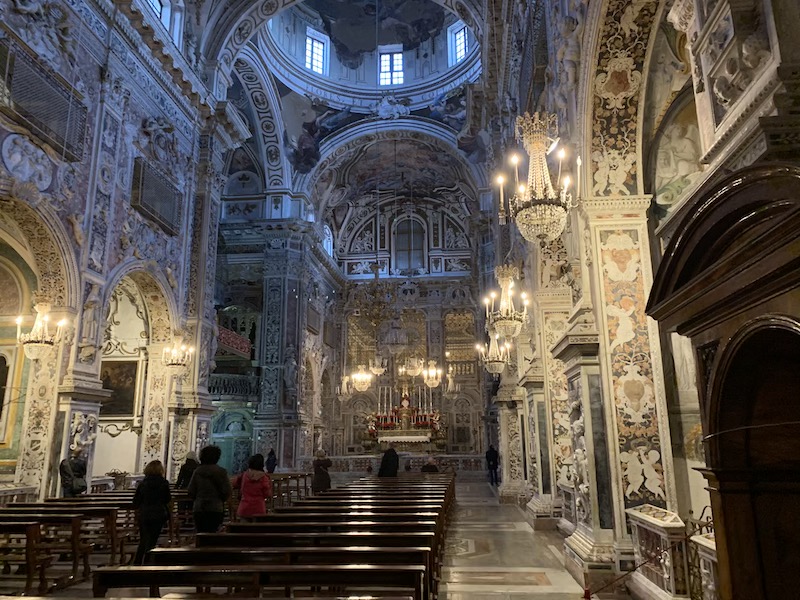
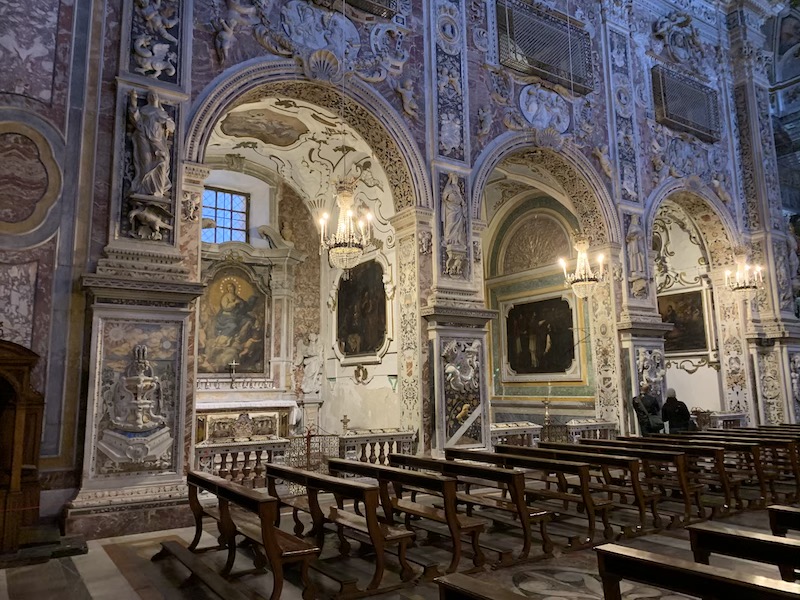
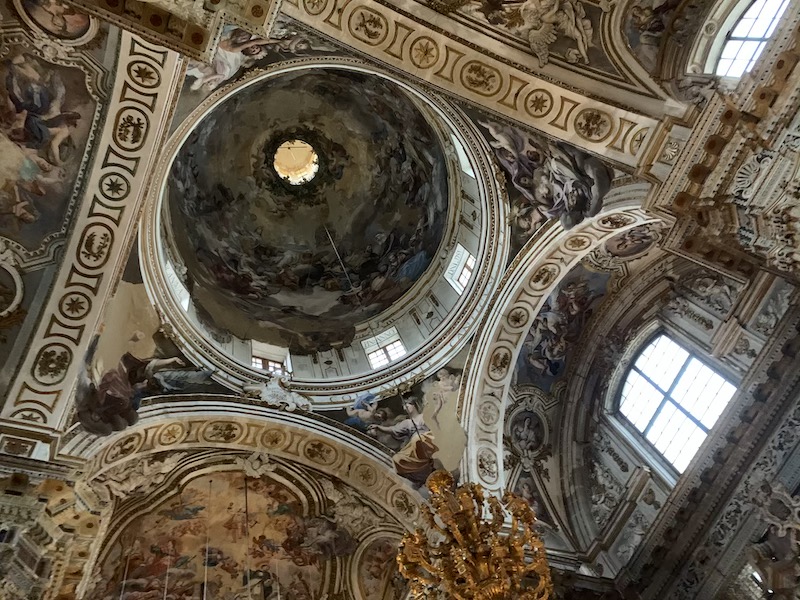
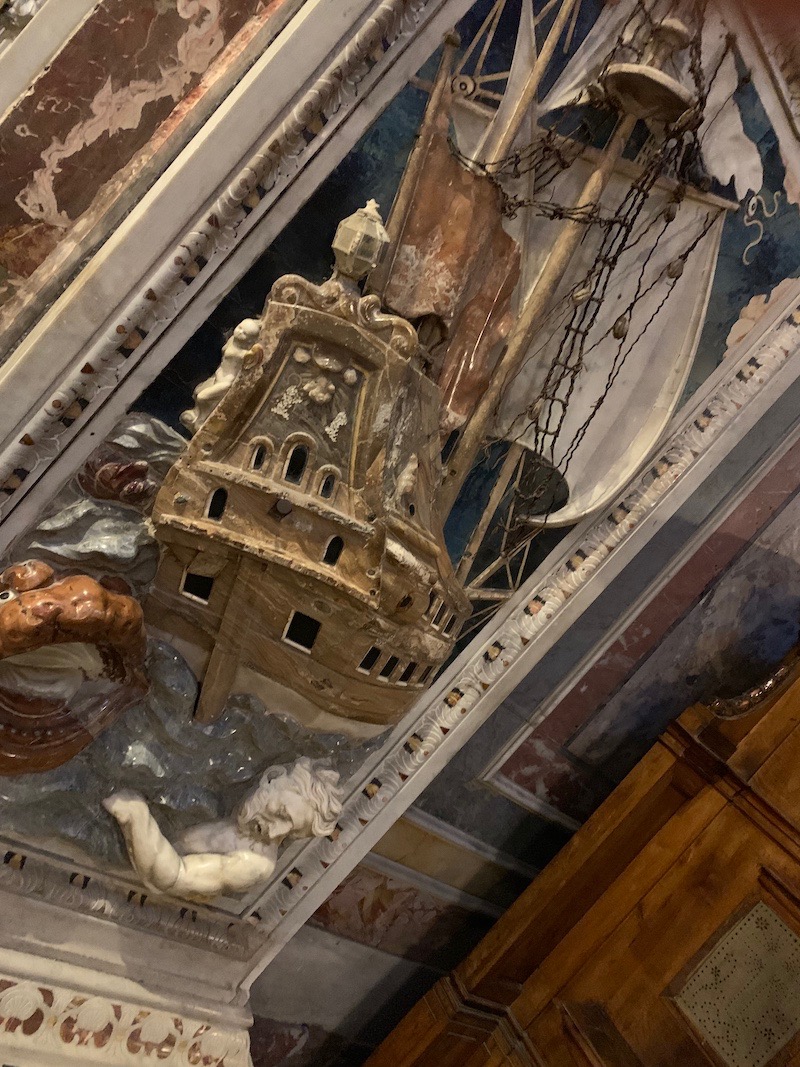
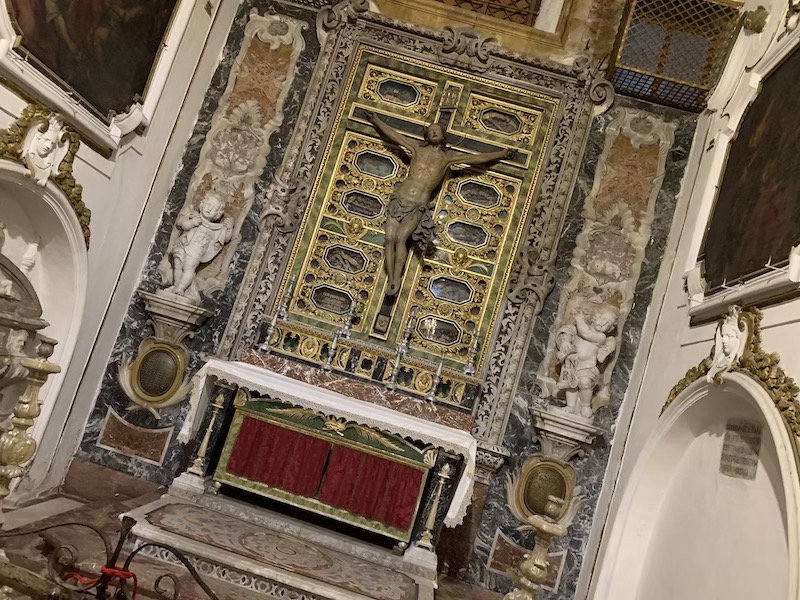
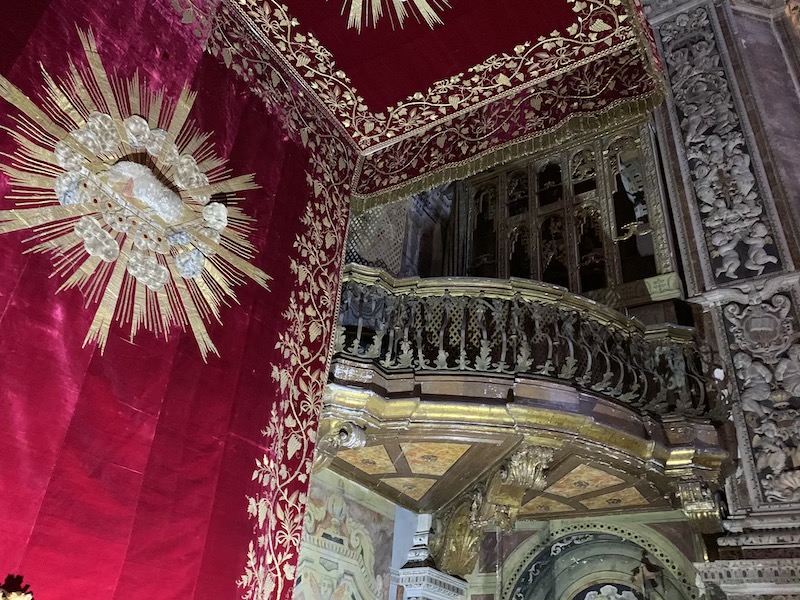
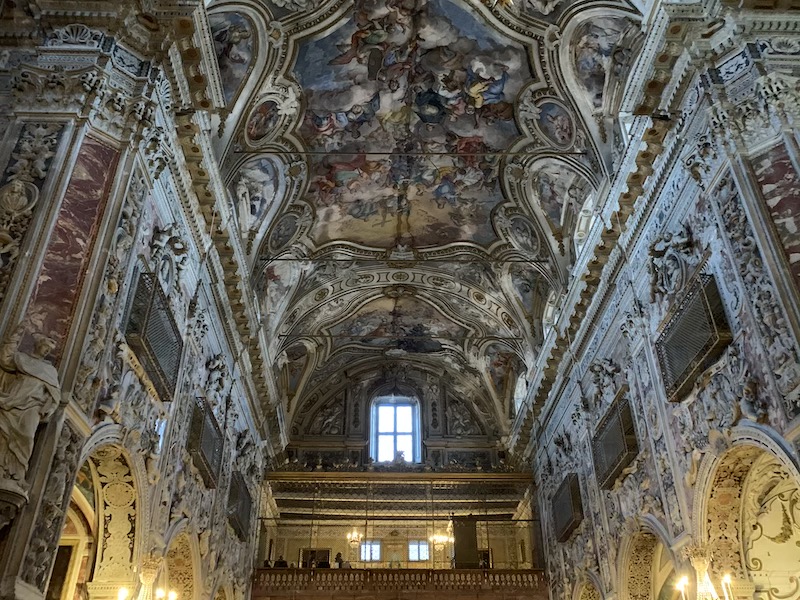
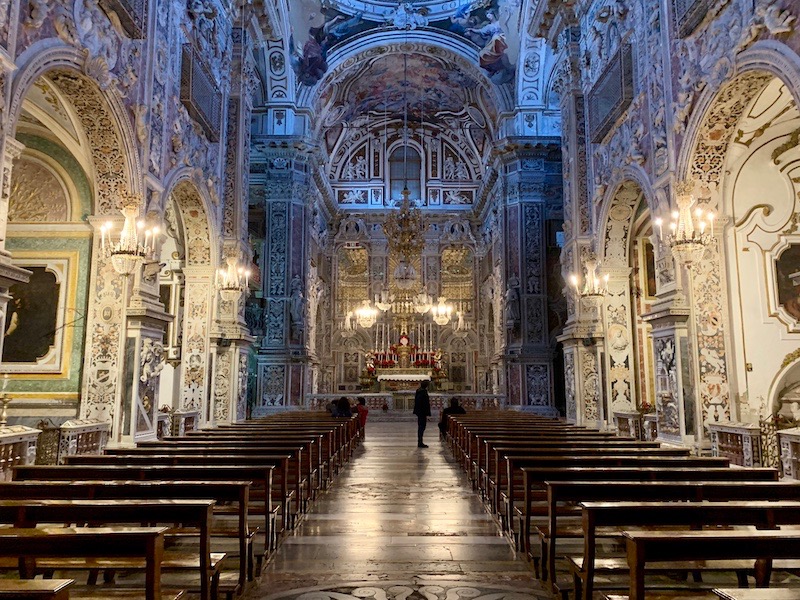
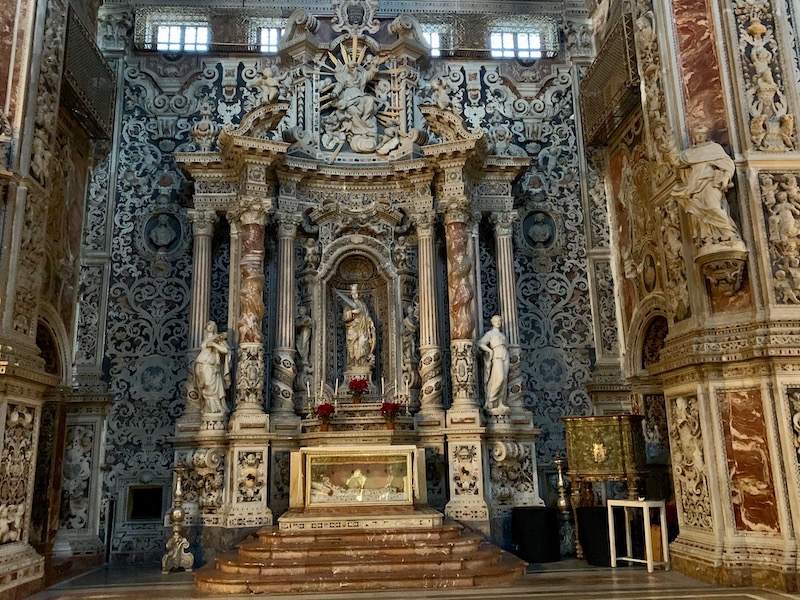
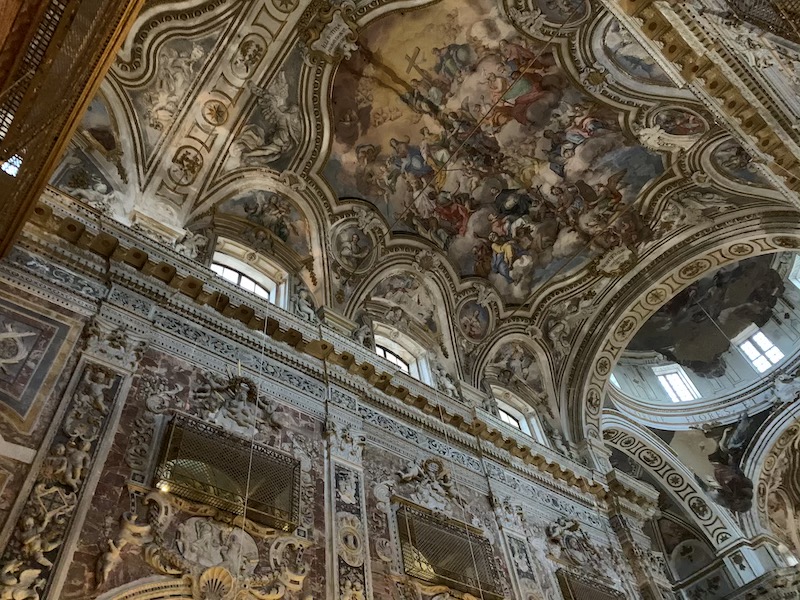
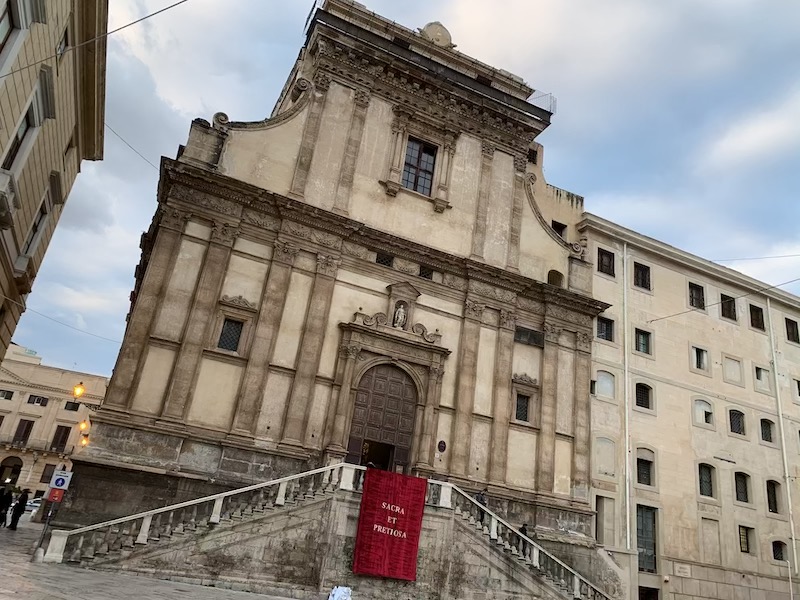
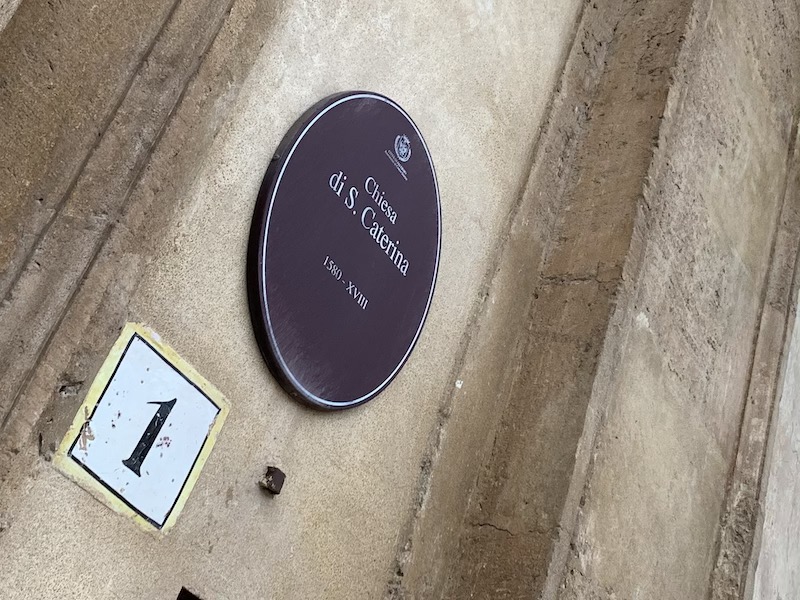
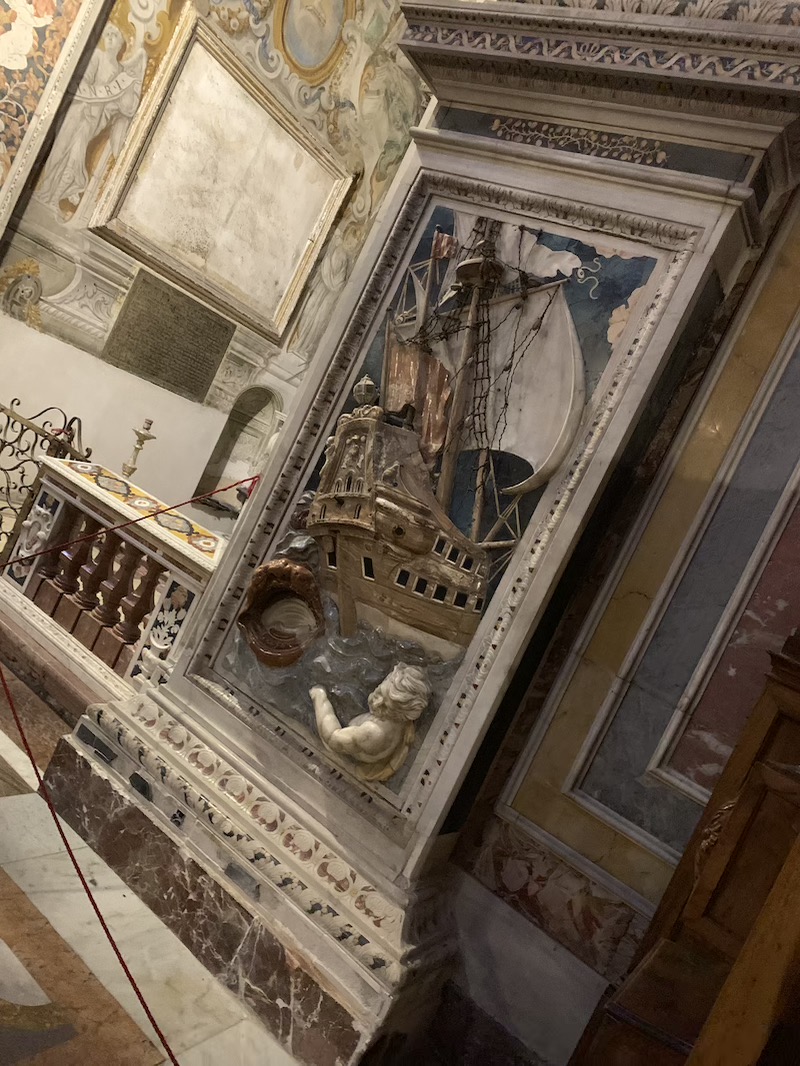
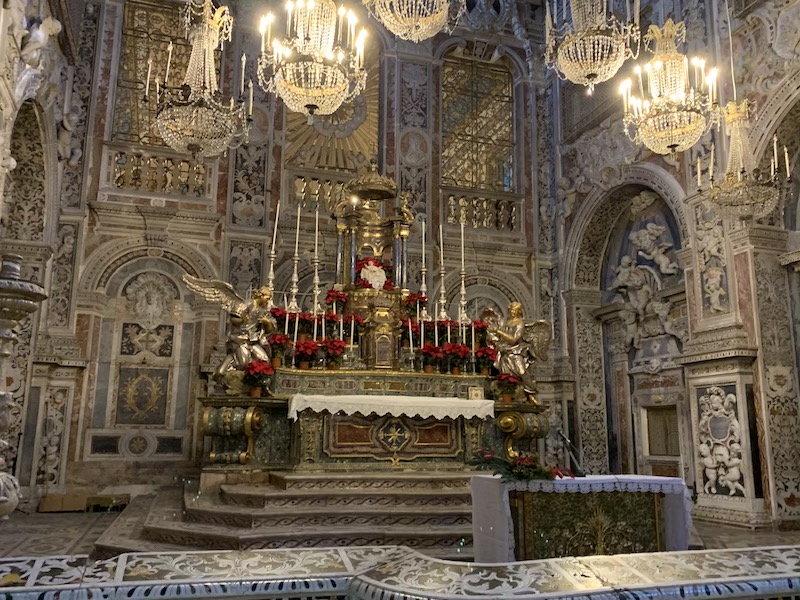
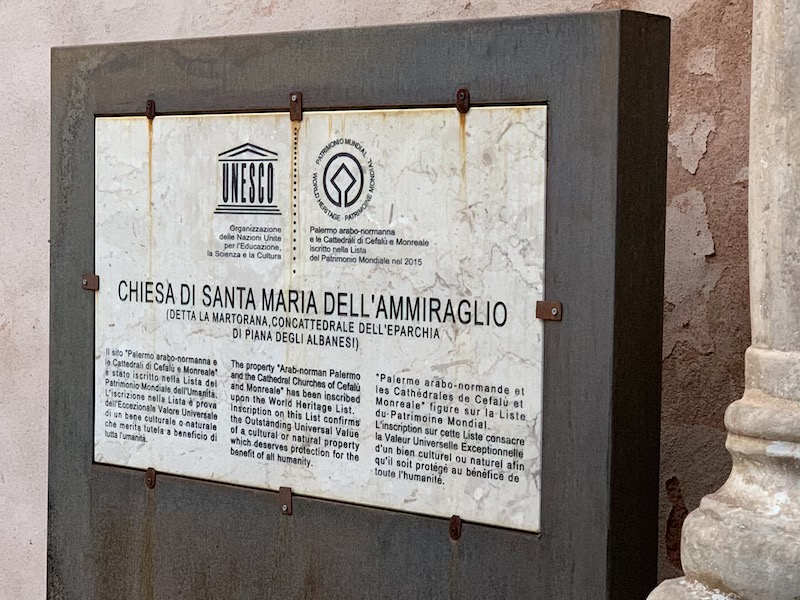
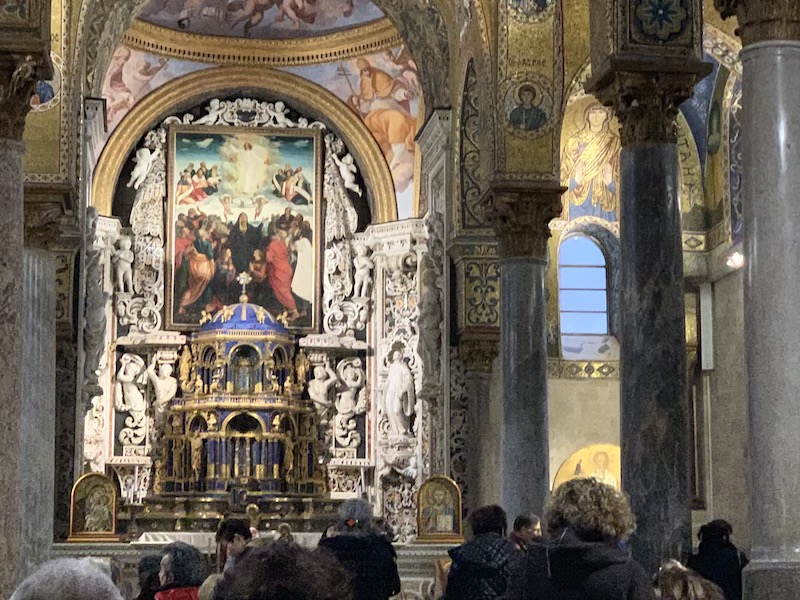
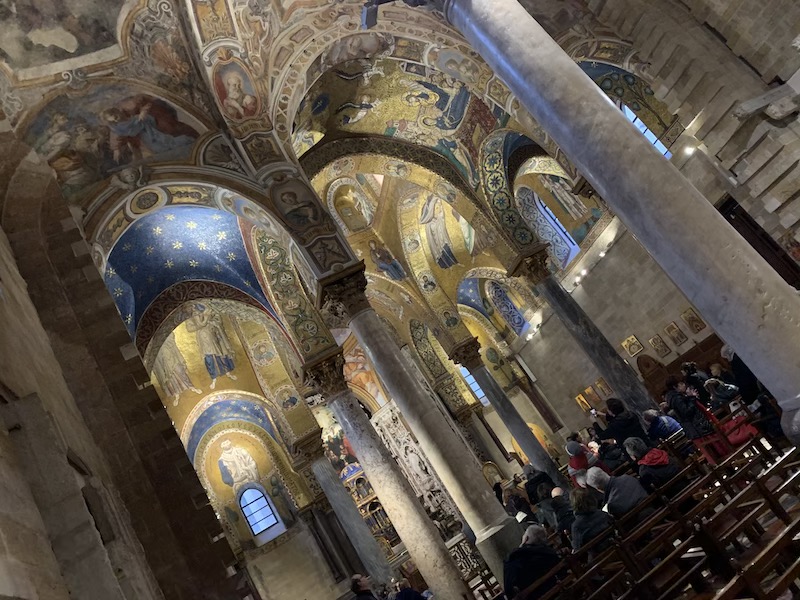
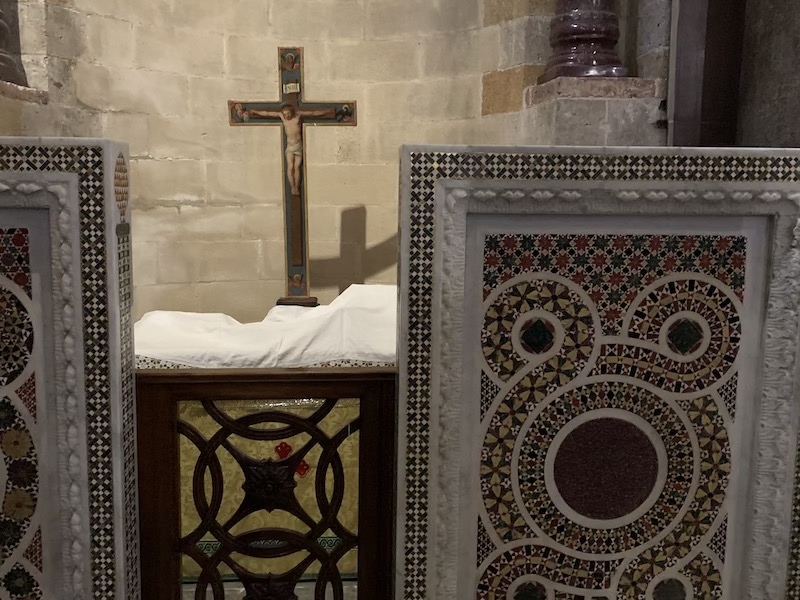
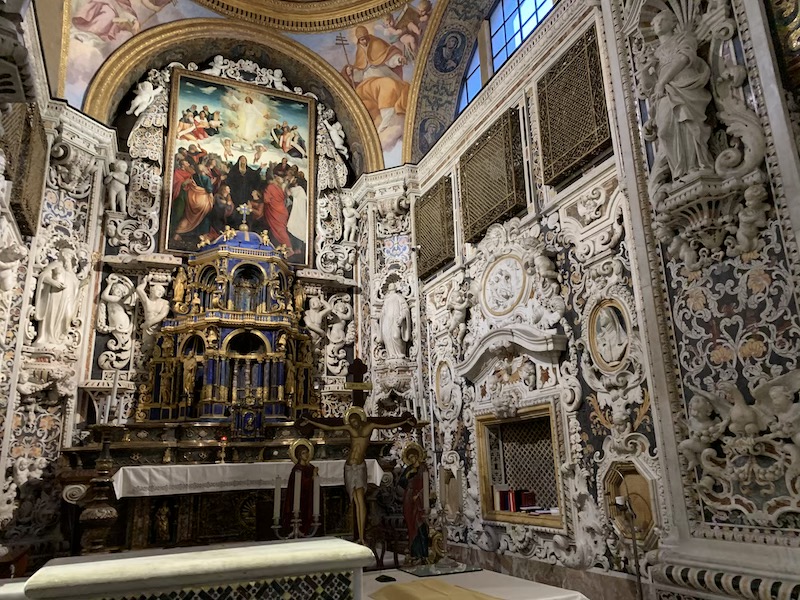
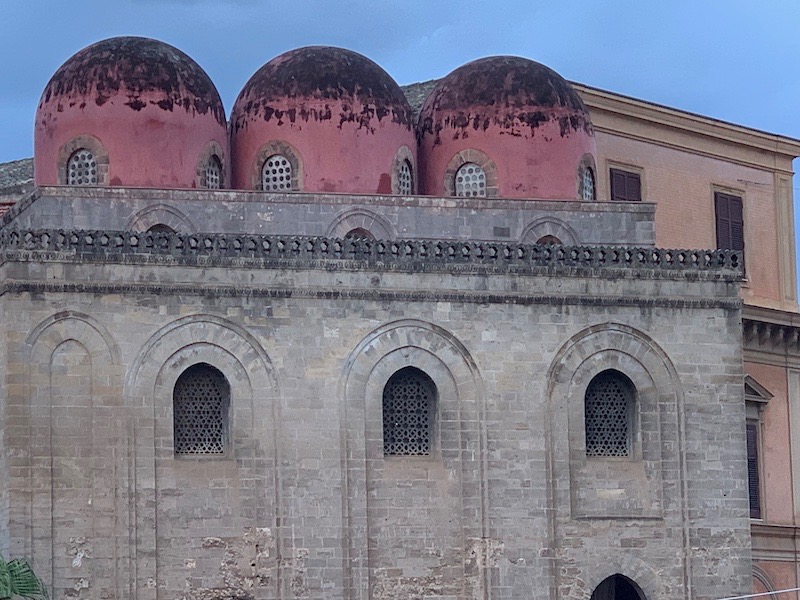
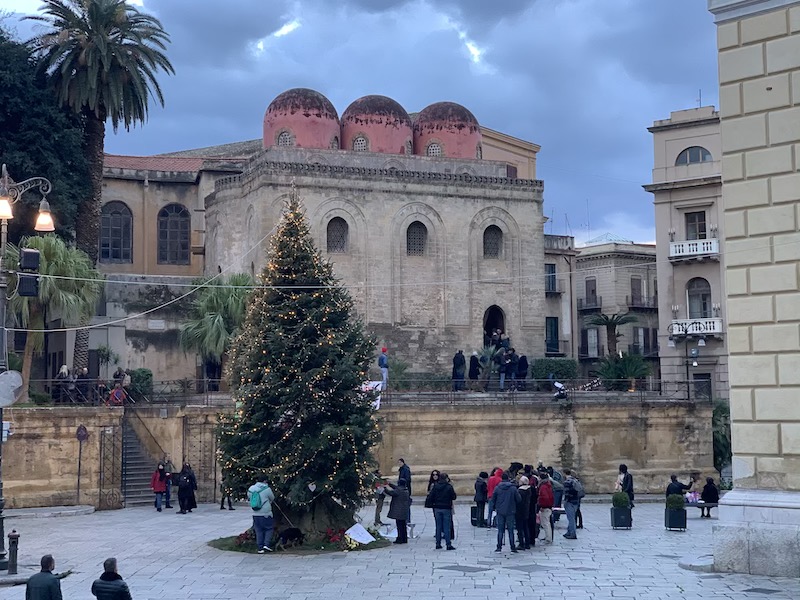
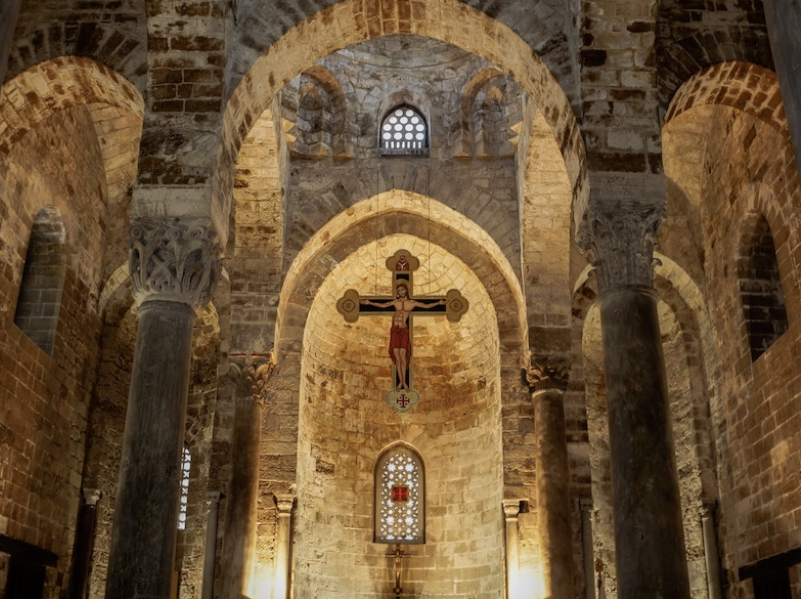
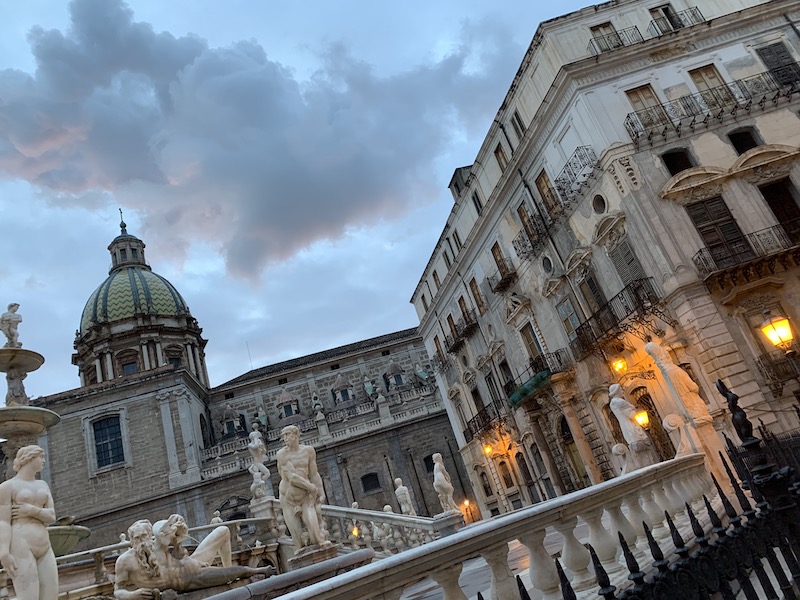
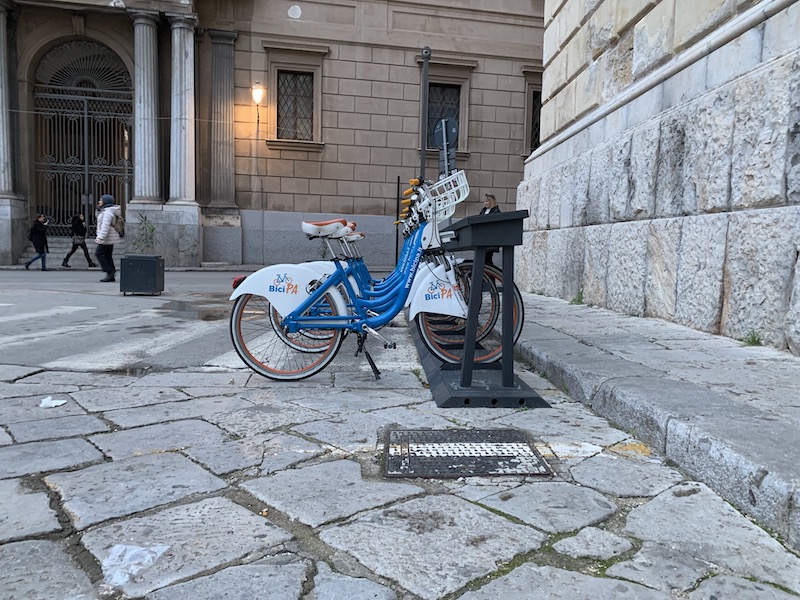

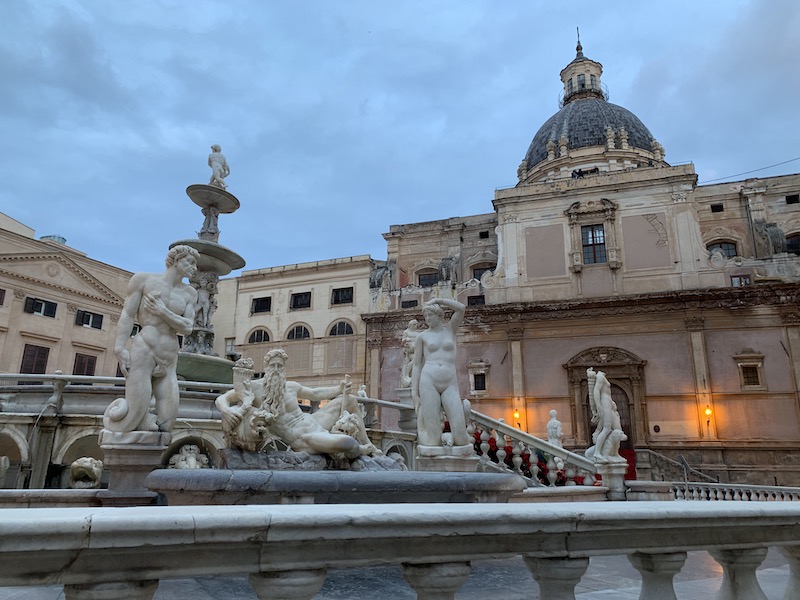

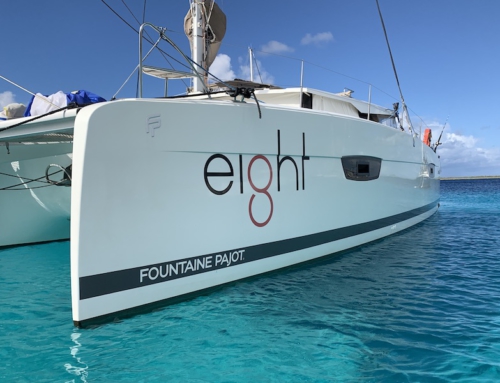
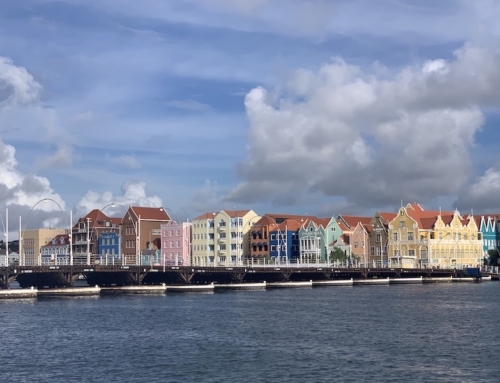
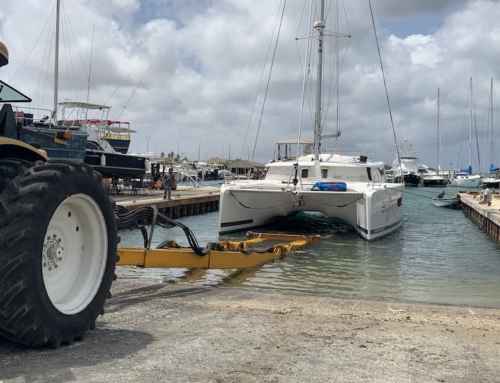
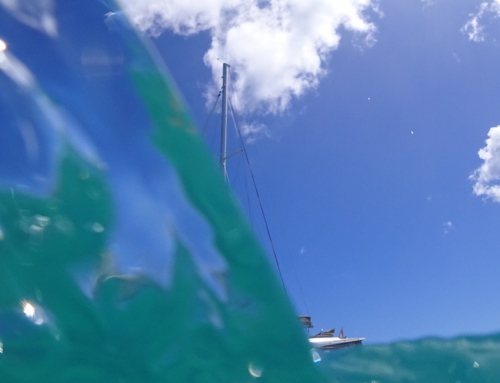
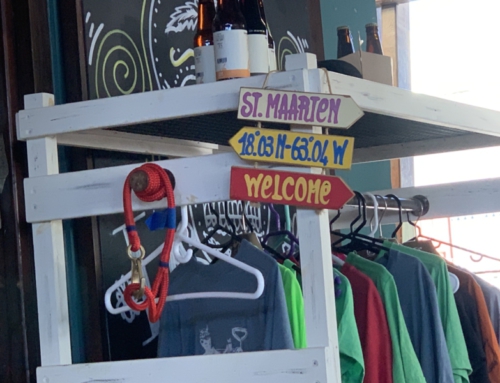
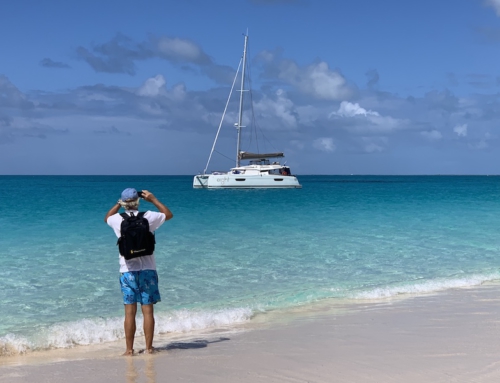
Leave A Comment